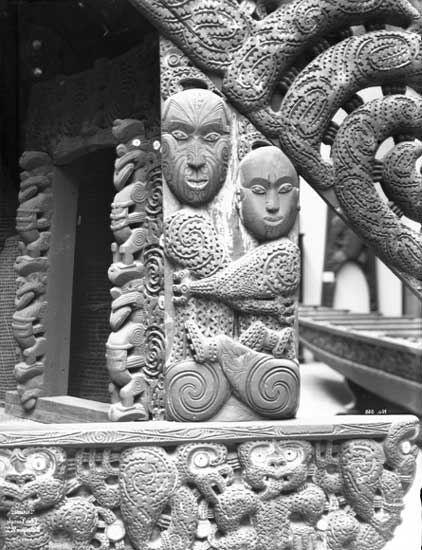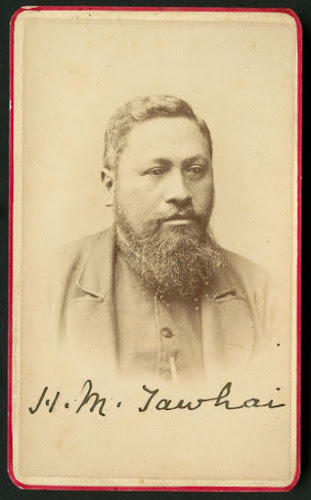The Great War for New Zealand and the Making of Auckland
In The Great War for New Zealand, historian Vincent
O’Malley tells the story of the Waikato War of the 1860s – how it set
back Māori-Pākehā relations by generations and changed the course of New
Zealand history for good. Here, in an original essay for The Spinoff,
he explains how the war helped create modern Auckland.
In 1845 the small township of Auckland (population 3635) faced an existential crisis. War raged in the north and it was rumoured that the assistance of the powerful Tainui tribes had been sought for an attack on the settlement. A nightmare scenario for the town’s residents was the prospect of a simultaneous assault from the north and south, with Ngāpuhi and Tainui combining to virtually assure Auckland’s destruction.
Yet when a delegation came south to solicit assistance from paramount Tainui rangatira Te Wherowhero, the response was emphatic. “You must fight me if you come on to Auckland; for these Europeans are under my protection,” he told them. In Māori terms, Te Wherowhero made the position even clearer, referring to Auckland as the hem of his cloak and in this way placing the settlement under his personal tapu. An attack on Auckland would be an attack on him.
Reinforcing this point, in August 1845 the government built a cottage for Te Wherowhero within Auckland Domain, close to where the museum currently stands. It was one of several residences the chief had across the Tāmaki region. A year earlier the Tainui tribes (population 18,400) had hosted a massive hākari (feast) on their Remuera estate, attended by over 3400 Māori guests and more than 1000 Europeans. There could be no more telling reminder of the immense power and prestige of Waikato-Tainui at this time.
[Read more at The Spinoff]
In 1845 the small township of Auckland (population 3635) faced an existential crisis. War raged in the north and it was rumoured that the assistance of the powerful Tainui tribes had been sought for an attack on the settlement. A nightmare scenario for the town’s residents was the prospect of a simultaneous assault from the north and south, with Ngāpuhi and Tainui combining to virtually assure Auckland’s destruction.
Yet when a delegation came south to solicit assistance from paramount Tainui rangatira Te Wherowhero, the response was emphatic. “You must fight me if you come on to Auckland; for these Europeans are under my protection,” he told them. In Māori terms, Te Wherowhero made the position even clearer, referring to Auckland as the hem of his cloak and in this way placing the settlement under his personal tapu. An attack on Auckland would be an attack on him.
Reinforcing this point, in August 1845 the government built a cottage for Te Wherowhero within Auckland Domain, close to where the museum currently stands. It was one of several residences the chief had across the Tāmaki region. A year earlier the Tainui tribes (population 18,400) had hosted a massive hākari (feast) on their Remuera estate, attended by over 3400 Māori guests and more than 1000 Europeans. There could be no more telling reminder of the immense power and prestige of Waikato-Tainui at this time.
[Read more at The Spinoff]



Comments
Post a Comment